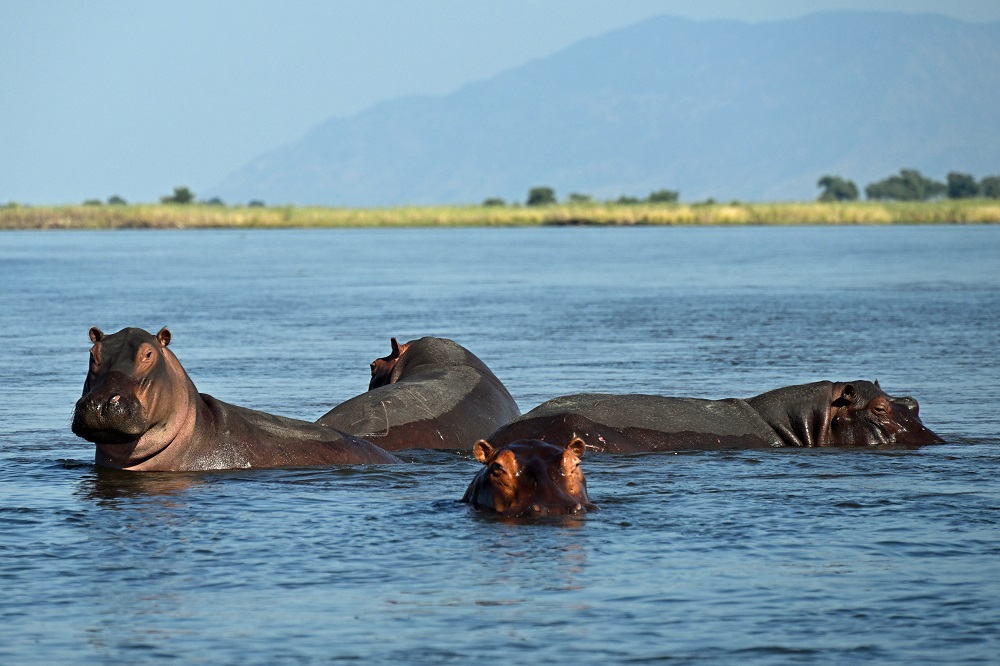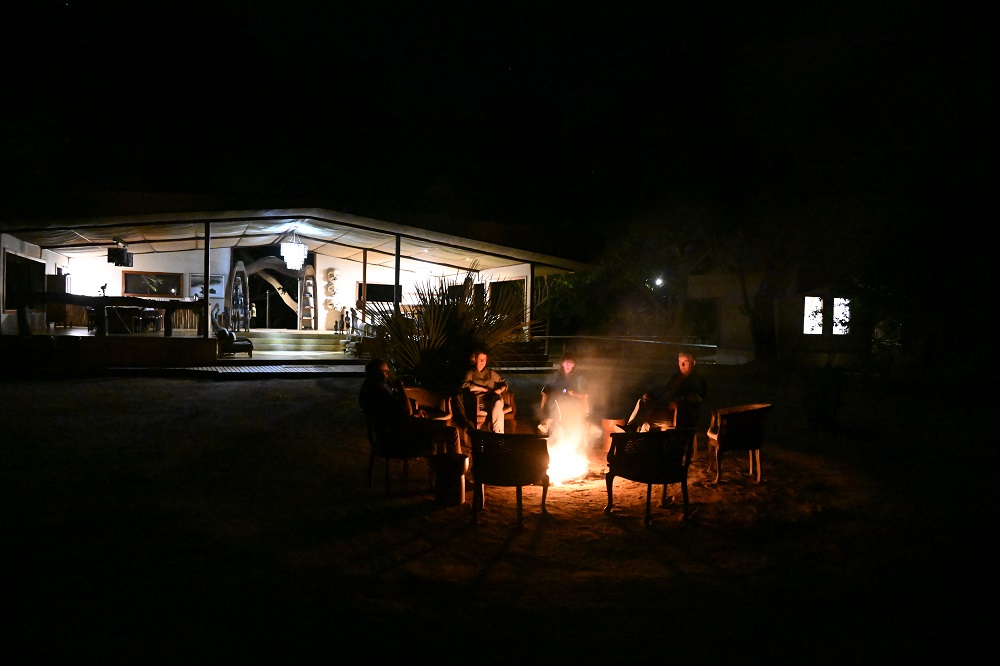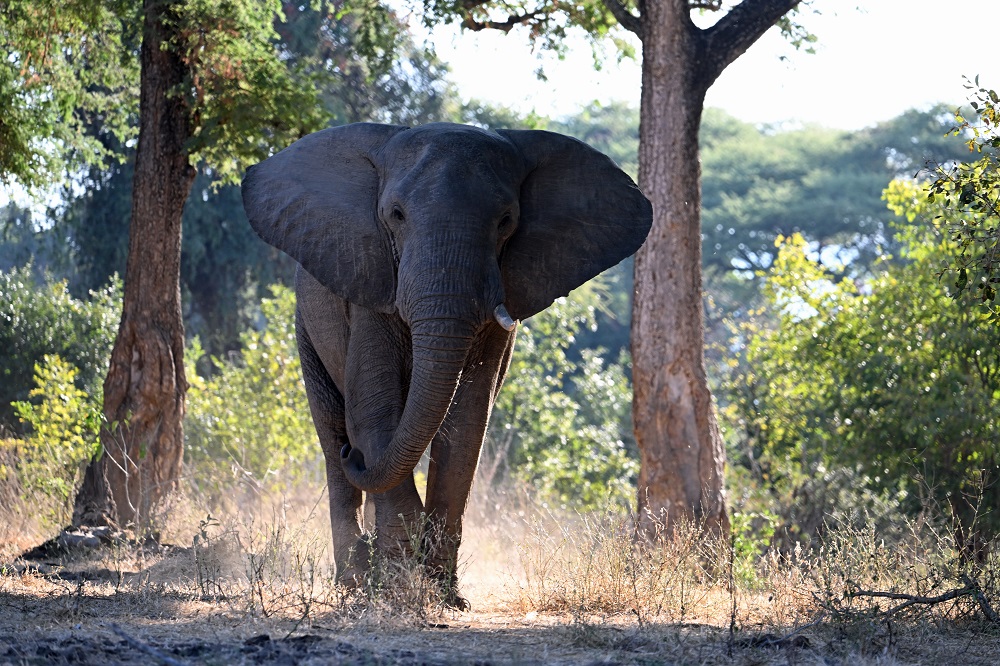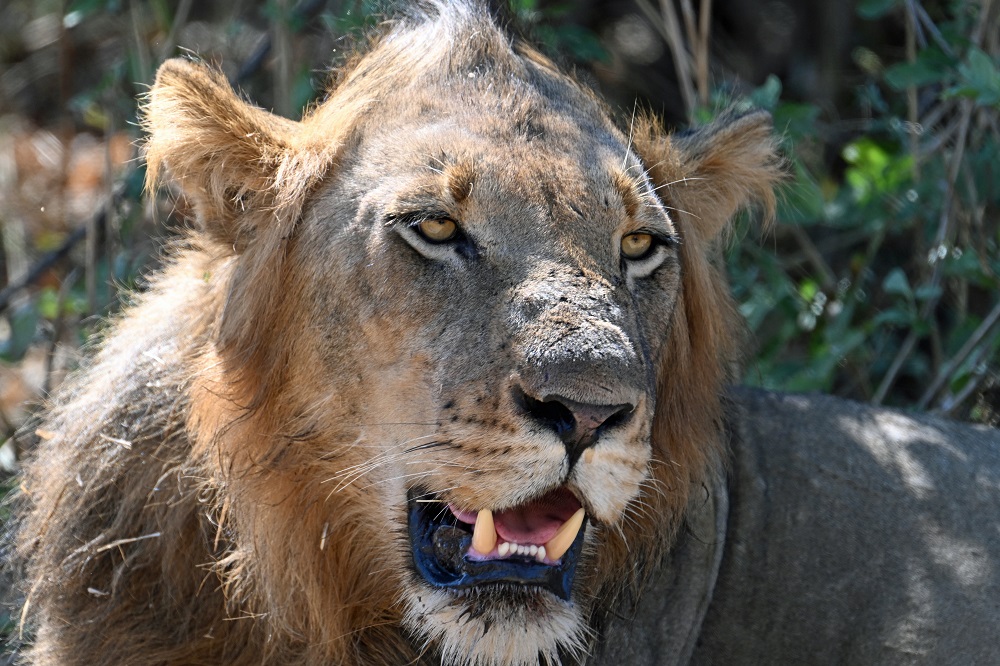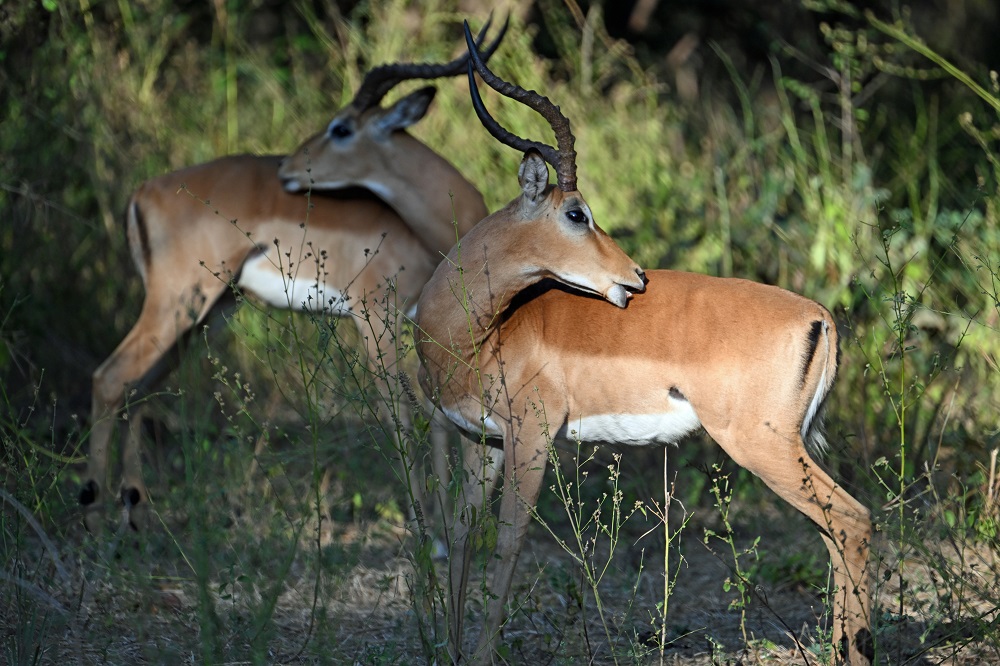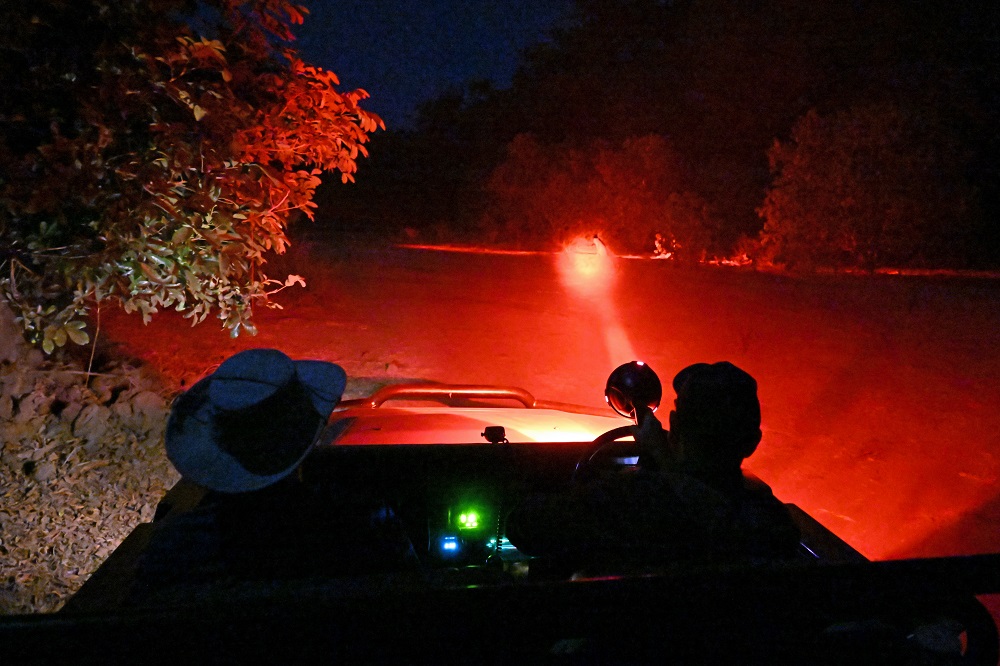Off to Potato Bush Camp
I don’t know how it is that I have achieved my age (let’s just say “over 60”) without ever traveling to Africa, but I have. A further cause of bewilderment is ignoring the possibility of safari holidays. As a keen photographer, the combination of the light and subjects available in Africa and the thrill of a safari is pretty good, all of which brought me to travel to Zambia in late May to spend four days at Potato Bush Camp on the Lower Zambezi river.
Getting to Potato Bush Camp involves taking a 40-minute bush flight from Lusaka to Jeki airstrip about nine miles from the camp, followed by a car transfer to the river and a boat ride to the camp. For safari newbies, the trip is exciting, especially when you see an elephant washing itself in the Zambezi (Figure 1) or hippos popping their heads up to see what’s going on. Cruising downriver to the camp rates pretty highly as a good way to arrive at a destination.
Potato Bush Camp (Figure 2) is a small place with a maximum of ten guests at any time in three double-occupancy tents and one large family tent for four people. The structures are tenants in that they have canvas sides and roofs. Inside, they have concrete bases and are furnished to a high standard with a full bathroom, comfortable beds, and plenty of living space. The fact that animals stroll by a vast tent opening is a benefit, even if the calling from hippos on the river made sleeping sometimes a challenge.
The camp center (Figure 3) is where guests come together to eat meals, have drinks, and share stories. The food is good and wholesome and people do not have to worry about getting enough to eat (or not having sufficient drinks available). During our stay, we experienced dinner in the bush and lunch on a sandbar in the Zambezi river. Both surroundings created unique memorable meals.
Camp Activities
Among the activities arranged by Potato Bush Camp, we did a three-hour canoeing trip down a channel of the Zambezi and spent a morning fishing. The highlight of the canoeing trip was having to leave a place where we had stopped because a bull elephant (Figure 4) appeared who was intent in finding a group of female elephants in the near vicinity. According to our very professional and safety-conscious guides, getting between a bull elephant “in musth” and some females isn’t an intelligent thing to do, so we backed off to the canoes and relaunched onto the water.
Fishing promises the chance to capture a tiger fish on a catch and release basis. Tiger fish have an impressive set of teeth (they are a relative of the piranha) and fight hard when hooked. Spending a few hours on the river going between different fishing spots is a nice way to spend a morning, especially when wildlife are active on the river banks.
Game Drives
While we saw a wide range of animals and birds during the canoeing trip and when out on the river, game drives are the traditional and best way to get close to animals in their natural habit. We had an excellent guide in James Duncan-Anderson of Wild n’ Beyond Safaris. His knowledge about terrain, animals, bird, and fauna was amazing and his enthusiasm and passion as a guide was marvelous.
James led us out on several game drives using specially-adapted Toyota Landcruisers and one walking tour (complete with an armed game ranger, just in case we got into unanticipated problems with an animal. Fortunately, the skill and care of guides makes it rare for conditions to occur when a ranger needs to use their rifle and we had no problems. During our drives we encountered a small pride of lions (stuffed after a feed on impala), many elephants, hyenas, impala, zebras, waterbuck, bushbuck, warthogs, buffalo, baboons, and one late sighting of a leopard. It would have been nice to see the leopard in daylight, but that will have to wait for another trip. The same is true for hyenas, but we did see lions chasing hyenas in the red light used by guides to highlight animals from game drive vehicles.
Rhinos, giraffes, and cheetahs don’t feature in the Lower Zambezi, so coming back to see them in the wild is a great excuse for a future safari.
Photo Equipment
I brought a Nikon Z9 body and two lenses with me: the 24-200mm Nikkor Z zoom as a “do anything” lens and the 100-400mm Nikkor Z for long-range animal photography. Both lenses worked well and the quality of the images captured by the Z9 is incredible, but I did think that a 600mm or longer lens might be nice from time to time. You can’t have everything, and the 15kg limit imposed for baggage on the bush planes that serve Jeki airstrip mandate against taking lots of equipment.
James Duncan-Anderson told us that safari would either be in your blood and you’ll come back or you’ll stop after one trip. Given that there’s still so many animals and birds to photograph, I think I’ll return to Africa soon. How soon and where remain open questions, but if you’re looking for a good place to start, the Lower Zambezi isn’t a bad choice.


